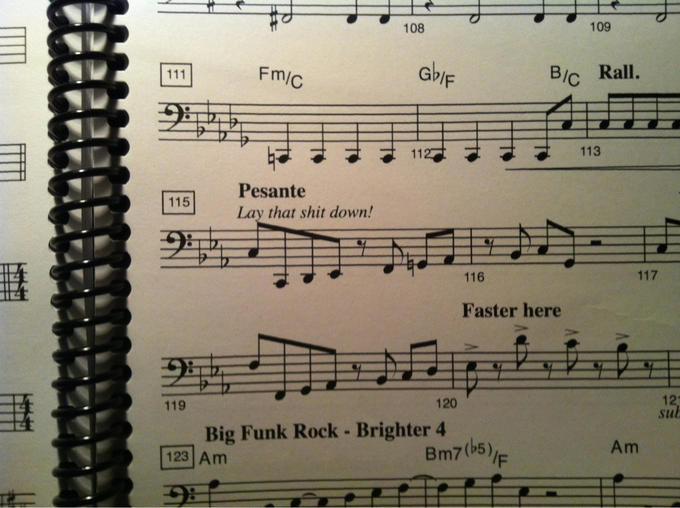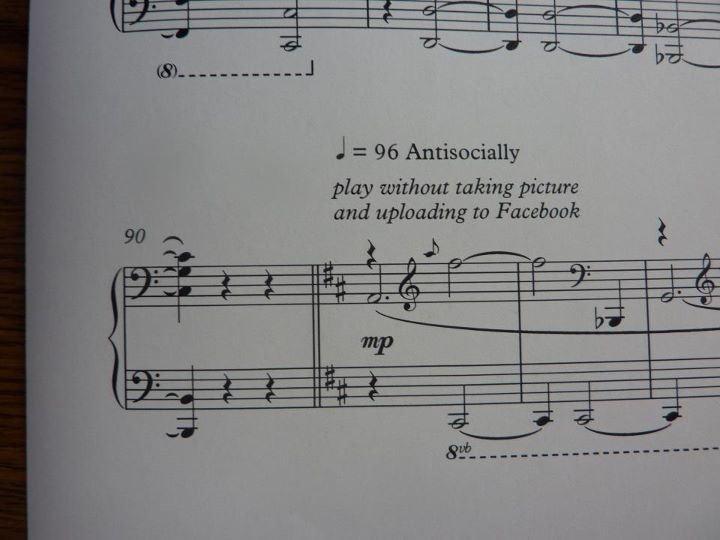The digital revolution created a mighty forum for those who once held forth from around the pickle barrel or atop a sturdy soap box.
The Internet has spawned many commentators whose thoughts are cogent, well researched and well argued, but they’re sadly outnumbered by a multitude of blowhards, windbags, and other self-appointed experts, forcefully expressing opinions as fact.
And, as you’ve likely heard, many consumers fail to check credentials before believing unsubstantiated statements are the rock solid truth, to be repeated and acted upon, sometimes to lasting consequence.
Compare the unmanageability of our situation to that of 40 years ago, when an obnoxious bloviator could apparently be silenced by the introduction of irrefutable authority…
Ah, wait, this is fiction…
A notable thing about the above scene from 1977’s Annie Hall—besides how beautifully the comedy holds up—is that the bad guy’s not stupid. His qualifications are actually quite impressive.
(We speak here of the Guy in Line, not writer-director-star Woody Allen, whose reputation has been permanently tarnished by personal misconduct, some of it easy to substantiate.)
The scene’s best punchline comes from pitting intellectual against intellectual, not intellectual against some mythical “regular” American, as we’ve come to expect.
The audience is well positioned to side with Allen and his ace-in-the-hole, media philosopher Marshall McLuhan. It’s a revenge fantasy designed to appeal to anyone whose freedom has been impinged by some loudmouthed stranger sounding off in a public area.
That’s all of us, right? (Though how many of us are willing to cop to the occasions when we may have been the narcissistic jerk monopolizing the conversation at top volume …)
The courtly McLuhan, a last minute replacement for director Federico Fellini, possessed the perfect temperament to skewer the overinflated self-worth of a pontificating egomaniac.
He was, however, not much of a performer, according to Russell Horton, who played the Guy in Line:
Woody would pull him out and he’d say something like, ‘Well you’re wrong, young man.’ Or, ‘Oh, gee, I don’t know what to say.’… We did like 17 or 18 takes, and if you look at it carefully in the movie, McLuhan says, ‘You mean my whole fallacy is wrong’ which makes no sense. How can you have your fallacy wrong?
Read the recent, and extremely amusing Entertainment Weekly interview with Guy in Line (and voice of the Trix cereal rabbit) Horton in its entirety here.
Related Content:
Woody Allen Amuses Himself by Giving Untruthful Answers in Unaired 1971 TV Interview
Watch a 44-Minute Supercut of Every Woody Allen Stammer, From Every Woody Allen Film
Ayun Halliday is an author, illustrator, theater maker and Chief Primatologist of the East Village Inky zine. Follow her @AyunHalliday.






